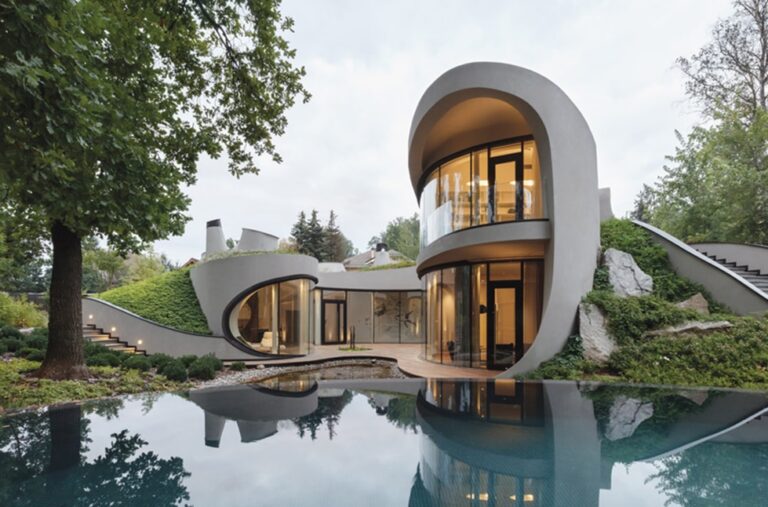Auckland is known for its beautiful and unique architecture, and as a designer, you have an opportunity to contribute to this culture. However, producing successful architectural ideas can be challenging. Countless factors must be considered, including site conditions, client needs, and local regulations. This blog post will share the secrets to successfully creating architectural designs in Auckland.
Understand the site conditions
Site conditions are one of the most critical factors to consider when designing a building. Auckland has a diverse topography, and each site presents unique challenges and opportunities. Factors such as orientation, topography, vegetation, and views must be considered when designing buildings. Understanding the site conditions is the first step in creating successful architectural designs.
Embrace sustainable design
Sustainable architectural design is becoming increasingly essential in Auckland, where the cost of living continues to rise. Embracing sustainable design elements can reduce the energy consumption of a building and save costs for the occupants. Incorporating natural ventilation, energy-efficient materials, and solar panels are just a few of the sustainable design elements that can be implemented in architectural design.
Consider cultural influences
Auckland is a city rich in cultural diversity, and understanding these cultural influences can play a significant role in the success of a building design. When designing a building, consider the cultural influences of the area and the client’s needs. Incorporating cultural elements into the design can enhance the building’s identity and create a sense of community.
Be aware of local regulations
In Auckland, building regulations are strict, and it’s crucial to have a comprehensive understanding of them. Failure to comply with these regulations could result in significant delays or fines. Ensure that the design complies with the local regulations, and obtain all the necessary permits before construction begins to avoid potential challenges.
Balance form and function
The form and function of a building must be carefully balanced to create a successful architectural design. Functionality can be compromised if the form takes precedence over it. Instead, ensure that the building’s form and function work together seamlessly to create a harmonious design.
Create a clear design brief
Working with clients can be challenging, especially if they have a specific vision for their building. Creating a clear design brief can help to ensure that their needs are met. The design brief should outline the client’s requirements, including space planning, budget, and design style.
Involve the client in the design process
Involving the client in the design process can help to ensure that their needs are met and that the design meets their expectations. Collaboration can enhance the design process and create a more satisfying result for all parties involved. Encourage feedback from the client throughout the design process to ensure that their vision is met.
Build strong relationships with contractors and suppliers
Architectural structure is a complex process that requires creative thinking, problem-solving skills, and attention to detail. However, success in architectural design doesn’t solely depend on the designer’s capabilities. Building strong relationships with contractors and suppliers is equally important. These relationships contribute to the overall success of the project by ensuring open communication and precise execution of the design. To achieve the best results, it’s essential to establish trust and mutual respect with the contractors and suppliers. Building relationships with them can lead to better collaboration and can also create opportunities for continued work in the future.
Conclusion:
Successfully creating architectural designs in Auckland requires careful consideration of numerous factors, including site conditions, cultural influences, sustainability, functionality, and local regulations. By following the above secrets, you can create designs that are not only functional but also visually stunning and sustainable. Remember to involve the client in the process, create a clear design brief, and build strong relationships with contractors and suppliers. With these strategies, you can achieve success in design and contribute to Auckland’s unique and diverse architectural culture.


Comments are closed.